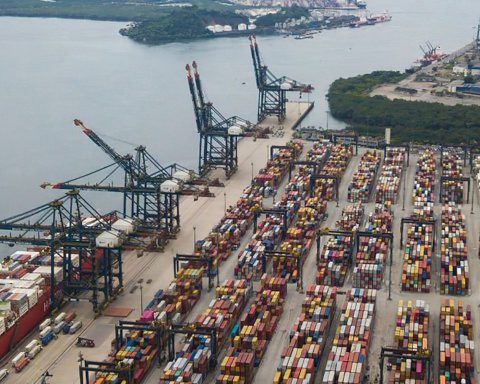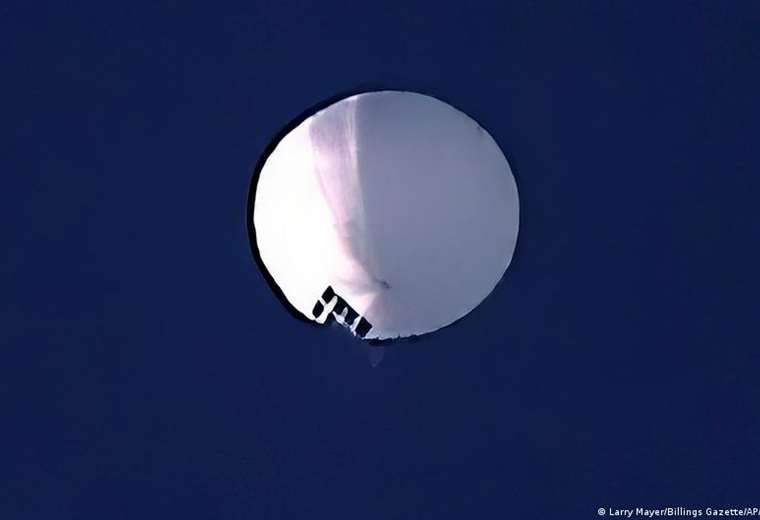The Navy sank the aircraft carrier São Paulo this Friday afternoon (3), after months of attempts to give the vessel a destination. According to a note released by the force, the sinking was carried out in a controlled and planned manner, 350 kilometers from the Brazilian coast, in a region of about 5,000 meters deep.
“The procedure was conducted with the necessary technical competence and safety by the Brazilian Navy, in order to avoid logistical, operational, environmental and economic damage to the Brazilian State”, adds the statement also signed by the Ministry of Defense and the Attorney General’s Office. of the Union (AGU).
A decision for the sinking of the ship was announced last Wednesday (1st) after the Turkish company Denizcilik (SÖK), which had purchased the hull for recycling in 2021, abandoned the vessel. The aircraft carrier returned to Brazil because Turkey canceled the authorization it had issued for export at the end of July 2022.
According to the Navy, the ship’s hull needed repairs that SÖK showed no interest in doing. “There was no alternative left to the Brazilian State but to consider the property as lost, and to assume administrative control of the hull, in order to avoid damage to the environment and preserve navigation safety”, the Navy previously informed in a joint note.
Environmental impact
In a technical note, the Brazilian Institute for the Environment and Renewable Natural Resources (Ibama) pointed to several environmental impacts that could be caused by sinking. Among the risks is the release of polluting materials that are part of the ship’s structure. For the environmental agency, the best option would be the environmentally correct recycling of the hull.
Yesterday (3), Ibama requested information from the Navy about the sinking of the aircraft carrier in order to study alternatives to reduce and safeguard impacts on the environment.
















